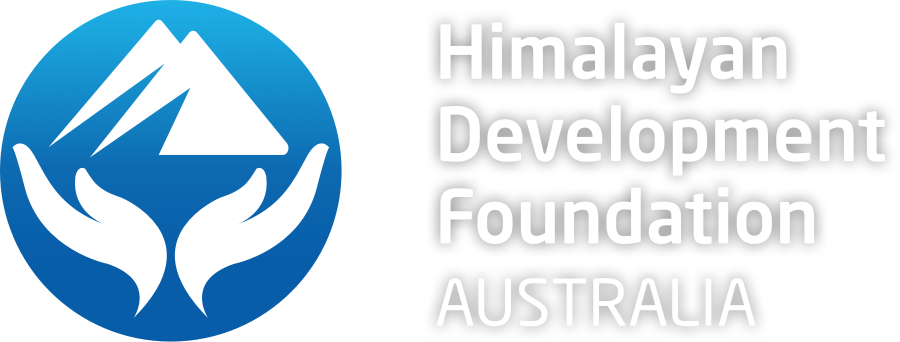Our work with the people of Ghunsa has identified the need to improve poor health care as a community priority. The resources of Nepal are thinly spread and the remote nature of the mountain communities make health care particularly challenging.
Nepal spends 5.3% of gross domestic product on health, about $64 per person, and has two doctors of modern medicine per 10,000 people (compared to one GP for every 500-1000 in Australia).
70% of all medical issues in Nepal are communicable diseases, i.e. infections. (In Australia about 80% is chronic diseases like hypertension, diabetes, smoking and alcohol related issues.) Nepalese children suffer in particular with perinatal conditions, acute respiratory illnesses, diarrhoea and measles. The elderly have TB at disproportionately high rates. Women have issues with childbirth, pregnancy and burns. Overall the health indicators are poor and life expectancy is just over 60. Infant mortality (death in first year of life) is about 65 per 1000, 12 times higher than in Australia.
Immunization rates in 2005 in Nepal were actually reasonably respectable (around 83-89% for Tuberculosis, Diphtheria, Tetanus and Whooping Cough, Measles and Polio). However average rates of 95% are required to eradicate these diseases. It is also likely that there is a sampling bias toward the populated areas of Nepal, and that more remote areas with difficult or intermittent access to health services the figures would be lower.
Only the most limited medical supplies, are currently available to the people in Ghunsa Village. Although a classroom was previously set up as a health centre, this is no longer in use, and the community has no modern health care available closer than several days walk.
HDFA aims to improve access to health care for the mountain people of the Himalayas, starting with the Ghunsa area, to improve reliability and access to immunisation, maternal and child health care, assistance for chronic and acute illness and injury, and medicines and medical supplies.

